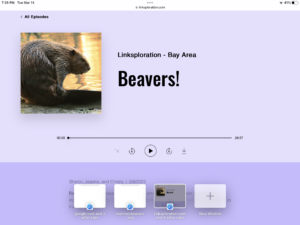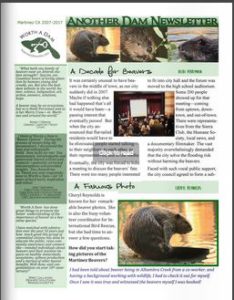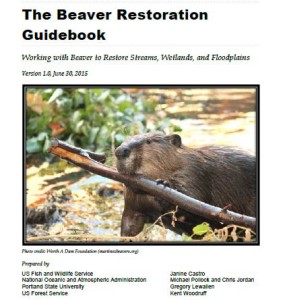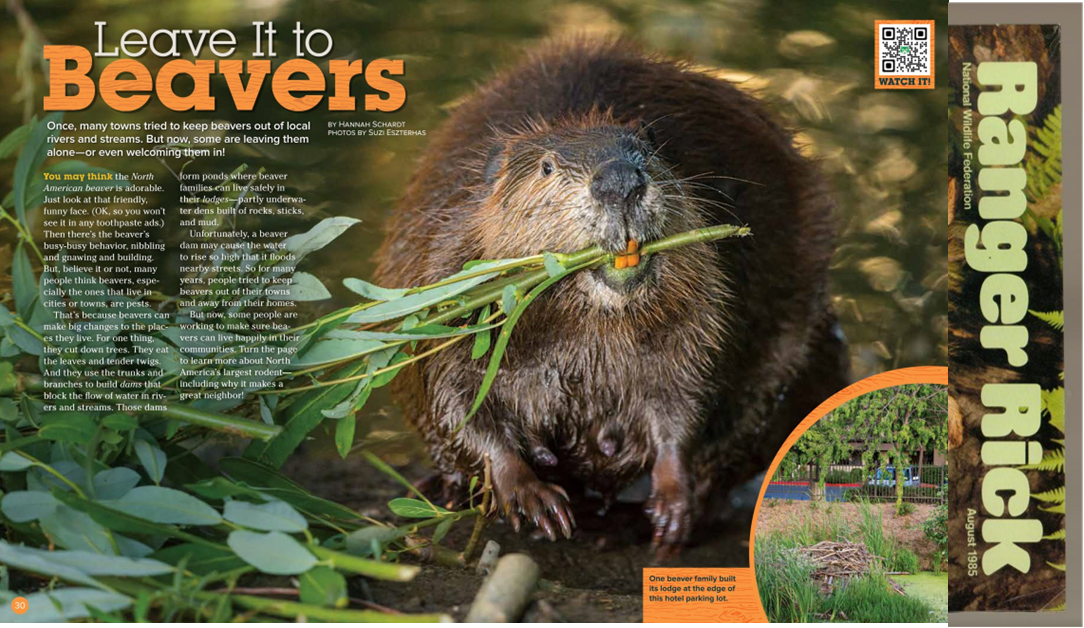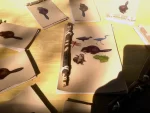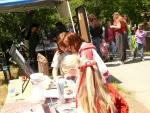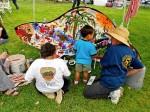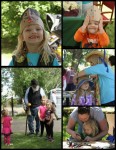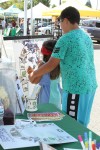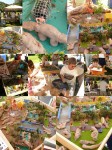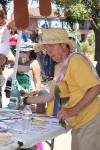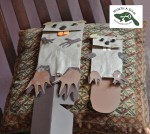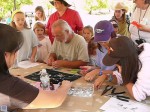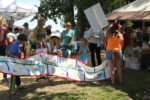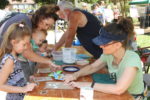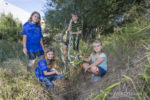I try to stay beaver-centric on this website, but once in a great while an article about general ecology grabs and holds my attention so much that I can’t entirely escape. Besides, this entire article might as be about beavers anyway. Every Single Beaver Everywhere.
The big ecological roles of small natural features
 Ecologists and conservationists have long recognized that keystone species have major ecological importance disproportionate to their abundance or size. Think beavers, sea stars and prairie dogs—species that >Similarly across landscapes, the keystone concept of disproportionate importance extends to other ecological elements, such as salt marshes in estuaries. Now an international group of researchers is exploring the disproportionate ecological importance of small natural features—unique environmental elements that provide significant ecological and economic impacts.
Ecologists and conservationists have long recognized that keystone species have major ecological importance disproportionate to their abundance or size. Think beavers, sea stars and prairie dogs—species that >Similarly across landscapes, the keystone concept of disproportionate importance extends to other ecological elements, such as salt marshes in estuaries. Now an international group of researchers is exploring the disproportionate ecological importance of small natural features—unique environmental elements that provide significant ecological and economic impacts.
Desert springs. Caves harboring bat colonies. Rocky outcrops. Strips of natural vegetation edging agricultural fields. Riparian zones. Small coral heads. Tiny islands. Large old trees.
These small natural features are often overlooked, relatively vulnerable yet environmentally mighty in their ecosystem. They also are at the opposite end of the spatial scale from the Earth’s large conservation superstars—the Serengeti, Yellowstone and the Great Barrier Reef.
Or hey, maybe an unexpected beaver pond in an city stream? Sustaining unique habitat even in the middle of town?
Small natural features have big ecological roles, according to the 37 researchers from 11 countries writing in a Special Issue of “Biological Conservation.” Sometimes they can provide resources that limit key populations or processes that influence a much larger area. Sometimes they support unusual diversity, abundance or productivity.
They also are small enough to efficiently maintain or restore, while traditional land-use activities continue in close proximity, such as forestry, fishing and grazing.
“Small natural features are an example of what can be termed ‘The Frodo Effect,'” writes Malcolm Hunter, University of Maine professor of wildlife resources and Libra Professor of Conservation Biology, in the journal introduction.
“In the ‘Lord of the Rings,’ the small and unassuming hobbit Frodo has more strength than any of his larger peers and saves Middle Earth with his brave actions,” says Hunter. “Gandalf and the rest of the fellowship of the ring go to great ends to protect him, because they know this.”
And you thought that only techs could be geeks. Apparently what Star Wars is to silicon valley, Tolkein is to biologists. They love thems some Frodo. We’ll let them have their fun, but that’s silly, because it’s not even the passage I would have chosen for this significant contribution played by very small things.
“For you little gardener and lover of trees,’ she said to Sam, ‘I have only a small gift.’ She put into his hand a little box of plain grey wood, unadorned save for a single silver rune upon the lid… ‘In this box there is earth from my orchard, and such blessing as Galadriel has still to bestow is upon it. It will not keep you on your road, nor defend you against any peril; but if you keep it and see your home again at last, then perhaps it may reward you. Though you should find all barren and laid waste, there will be few gardens in Middle-earth that will bloom like your garden, if you sprinkle this earth there. Then you may remember Galadriel, and catch a glimpse far off of Lórien….”
Isn’t that much better? Now let’s get back to the subject of this article. Small natural features (SNF) like a big oak tree, or a small rock outcropping, or even a drowned stump in the river, are often the nexus around which a collection of wildlife is gathered. And if it wasn’t there, the collection wouldn’t be either. More than this, the researchers argue that actually saving that frog pond or small stand of trees beside the field might have as important an impact as a large scale restoration project that costs hundreds of thousands more dollars.
Will someone PLEASE argue this case in court to save a beaver pond in the next 6 months?
Every time an individual city or landowner makes the decision NOT to rip out a beaver dam, they are allowing one of these important SNF’s to exist. And every time they trap a beaver they are destroying one. Don’t believe me? Here’s some of the biodiversity our friend Rusty Cohn photographed at the tulocay beaver pond between a hotel and a car dealership in downtown Napa last week.
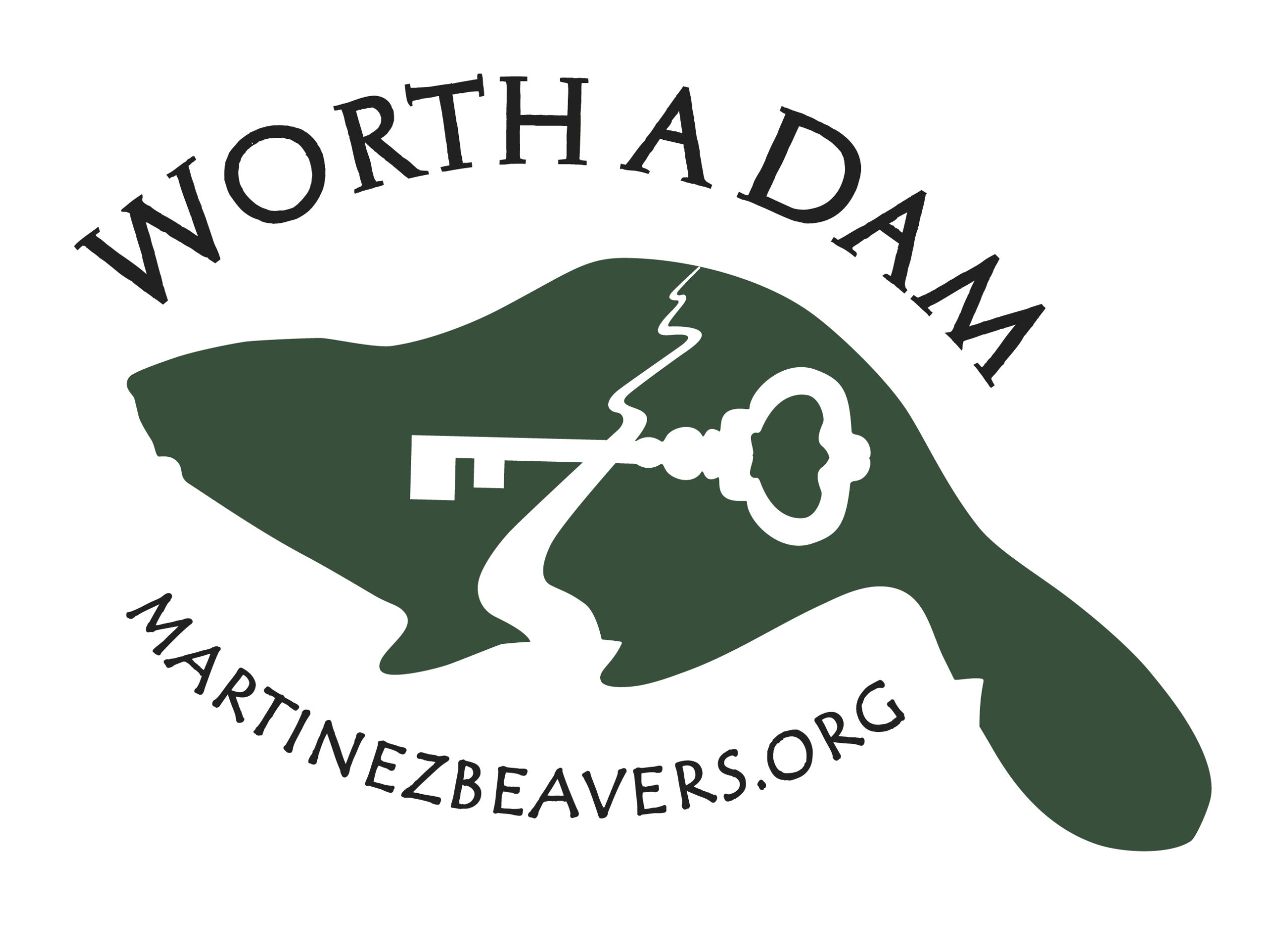











 Farm owners, Chris and Janet Jones have spent three and a half years working towards the release, which they hope will help to combat severe flooding that the area has suffered over recent years and help enhance the wildlife.
Farm owners, Chris and Janet Jones have spent three and a half years working towards the release, which they hope will help to combat severe flooding that the area has suffered over recent years and help enhance the wildlife.
 nt, and followed from my thinking about natural ways to reduce flood risk following the flooding incidents in Ladock in 2012. Cornwall Wildlife Trust has been brilliant partners in getting this project off the ground, and the Crowdfunding campaign, without which we could never have got here.”
nt, and followed from my thinking about natural ways to reduce flood risk following the flooding incidents in Ladock in 2012. Cornwall Wildlife Trust has been brilliant partners in getting this project off the ground, and the Crowdfunding campaign, without which we could never have got here.” again returning to their native land to live wild in Cornwall.
again returning to their native land to live wild in Cornwall.





 In fall 1912, Aldo Leopold, then the newly appointed supervisor of the Carson National Forest, married Estella Luna Otero Bergere, a prominent daughter of Santa Fe. They moved into their new house, called “Mi Casita.”
In fall 1912, Aldo Leopold, then the newly appointed supervisor of the Carson National Forest, married Estella Luna Otero Bergere, a prominent daughter of Santa Fe. They moved into their new house, called “Mi Casita.”


